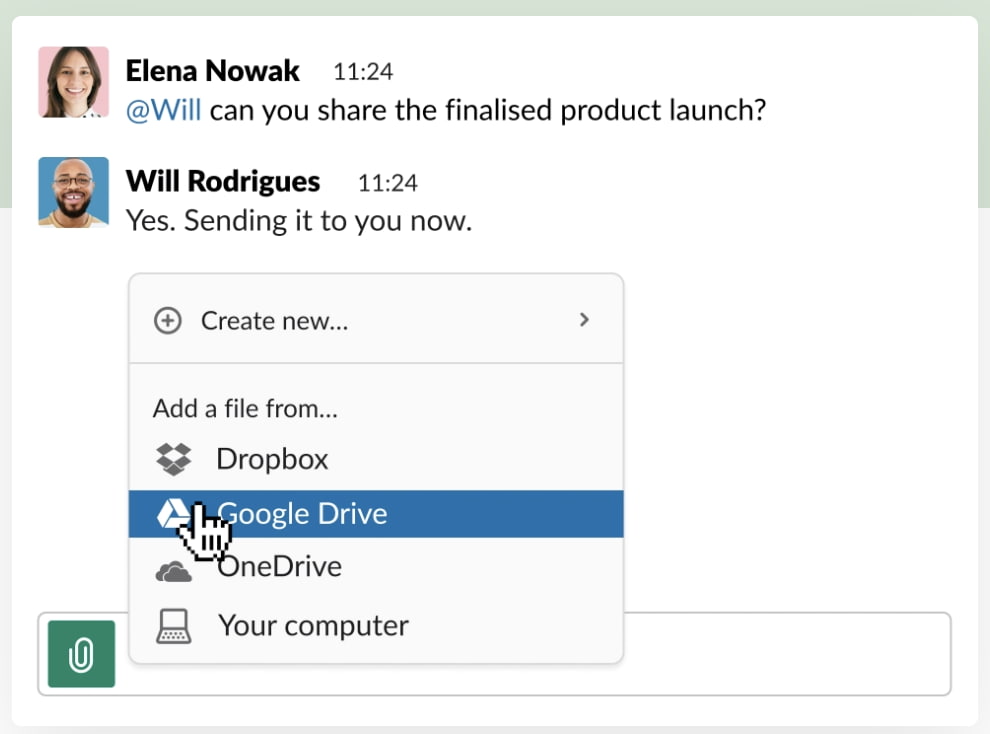
Do you find yourself attracting perfectly qualified customers or are you in a constant state of churn?
With many SaaS companies generally focusing on the tech behind the product, it’s not uncommon to see a culture that doesn’t believe in branding.
The first stage of a SaaS product’s lifecycle involves identifying a problem, then providing a savvy solution to that problem. Less tangible activities like brand building just pale into insignificance when it comes to engineering revenue. After all, the better a product is at solving problems, it’ll surely sell itself, right?
But I would argue this approach is flawed.
The most successful and established SaaS companies in the world know that brand positioning is by far one of the most effective methods for attracting an ideal audience to pay attention, invest and become loyal advocates for the long-haul. By making the effort to claim and protect their territory in a very crowded market, they’ve become trusted household names and are now reaping the rewards.
But how did they get it so right and why do so many get it so wrong? And, most importantly, how can you make brand positioning work for you?
Let’s take a closer look.
First, what is brand positioning?
Essentially, creating a brand is all about placing yourself in the mind of the consumer. You then reinforce that message continuously through various channels and, in essence, claim your position as what you want your brand to be known for.
However, SaaS marketing goes beyond just a conversion. It’s likely you’re selling a product as a service that integrates into your customers’ current systems and processes. Given the competitive landscape of SaaS and how often solutions crossover, it’s crucial that your positioning is unique, distinct, and wholly different to that of your competitors.
Slack is a great example of a SaaS brand that has intelligently mastered its positioning against its main competitor: email.

Image: Slack
While identifying its brand positioning, Slack honed in on its audiences four biggest pain points of using email and capitalised on them, clearly and concisely highlighting why its tool is the best at alleviating those problems:
1. No more email chains
One huge bugbear for those using email is endless email chains. Sifting through all that information is massively time-consuming and counter-productive, and information is easily missed.
Slack promotes the use of channels rather than chains on the platform as a way of alleviating this, with threads offering further opportunities to collate communications.
2. Quick response times
Waiting around for responses to email is the last thing any workforce wants. Again, Slack is able to use this to their advantage by pinning focus on their instant messaging and notifications feature for those all important ‘I need an answer now’ messages.
“You can’t have a good conversation over email—it’s not quick enough” said Benjamin Sternsmith, Area Vice President of Sales at Lyft Business. “Coming together in Slack channels allows us to easily discuss day-to-day management topics. That’s invaluable.”
3. No more isolated information
Staying in the loop can be another issue that users face with email. It’s pretty easy to miss colleagues off an email, or CC them in responses which can cause issues.
This isolation of information is another angle that Slack used to its advantage. It highlights the fact that, as everyone sees all the information in channels, siloing of information is a thing of the past for Slack users.
4. Easy integration with other programs
And finally, the endless sea of tabs. Oh yes, those who use email actively will know this one well. As email doesn’t integrate easily with other programs, a lot of time can be wasted sharing information, files and so on.
Slack saw this as a huge opportunity and invested heavily in their integration of other apps and how it streamlines activity.

Image: Slack
Now although it’s quite clear that email won’t be going away anytime soon, this bold and brilliant positioning did exactly what it set out to do—force people to take sides. I myself have been caught up in the ‘Slack vs. email’ debate several times.
From this, they have become the brand we all know today.
Isn’t this just marketing?
Well, not quite…
Brand positioning, just like all forms of brand development, is a strategic growth function. It uncovers what your brand is at its core and pushes that message to market. Marketing, then, is the tactical execution of that idea. You can’t really have one effectively working to its full advantage without the other.
It sounds like a total cliche, but think of your brand positioning as a seed and your marketing function as the one that helps it establish its roots and grow.
Describe your market position briefly and clearly
Start by asking yourself these two very important questions. Firstly: “why should they buy my product over others that are on the market?”.
What is your product or service best at actually doing? Is it the very best value for money, is it the most innovative solution for the environment, is it the speediest piece of software on the market?
Or is it the best at doing the one thing your potential customers are really looking for: a solution that makes their lives easier?
Getting this question right will form the basis of your entire strategy. Get this wrong and acquiring new customers or retaining a loyal base, will become an uphill struggle, simply because there isn’t a compelling enough reason to buy from you.
Secondly: “what word do I want to own?”
Less is more.
The very best leaders in SaaS are increasingly focusing their attention on this second question. They know that, by focusing efforts on a very small amount of information, they can establish their positioning in the minds of their audiences at a much faster rate.
There’s many examples of this, but Pipedrive (the CRM platform) is a good one. With their main competitor Salesforce dominating the term ‘CRM’, they needed to think of a competing word that differentiates against the leader. By deciding on owning the sales process and deciding that they are ‘the best at CRM sales process visualisation’, they have been able to effectively compete against the big boys.
Look at the data
Have you invested in a gap analysis? If not, now is the time to seriously consider one.
Data from customer interactions with your SaaS business are key to identifying what’s really important to your audience. There are a variety of different ways to do this, but one way to get started is introducing a gap analysis so you can establish where you would like to be.
Gap analyses compare your current performance against your desired performance, identifying potential areas your business needs to explore (and we can help with that).
Further to this, introducing heatmaps to your product pages is also a great way to take a deep-dive into interactions—as your product and services evolve, it also lets you see how your audience reacts to new onpage elements showcasing them.
Also, never underestimate the power of taking away learnings from your direct competitors. Investing in competitor monitoring is again a really effective way of pin-pointing your niche, helping guide your decision making and understanding where they’re falling flat (and not repeat their mistakes).
Start with five key competitors you monitor regularly and build out from there, but remember not to become too obsessed by the numbers.
Focus on what they’re really good at, what they’re missing and what you can learn. For example, have they got a great solution but their SEO is poor? Understanding these kinds of statistics will really help you make the smartest decisions on where to focus your marketing efforts later down the line.
So you’ve now determined exactly what you want to own and why—now what?
Well, now comes the exciting part of incorporating your brand position into your marketing strategy. Your positioning decisions should inform every part of your marketing activity and focus, and this should be clearly communicated to your team.
But how exactly does one marry into the other? Stay tuned, as I’ll be addressing this in a future blog.
Looking to take your SaaS brand to new heights for 2021? Get in touch.